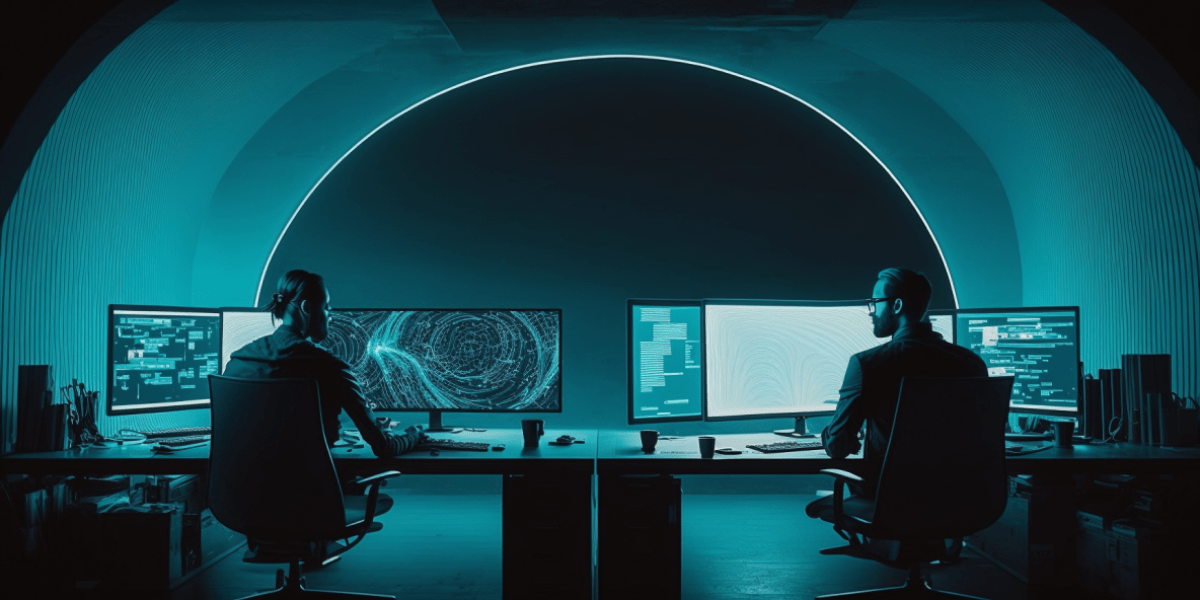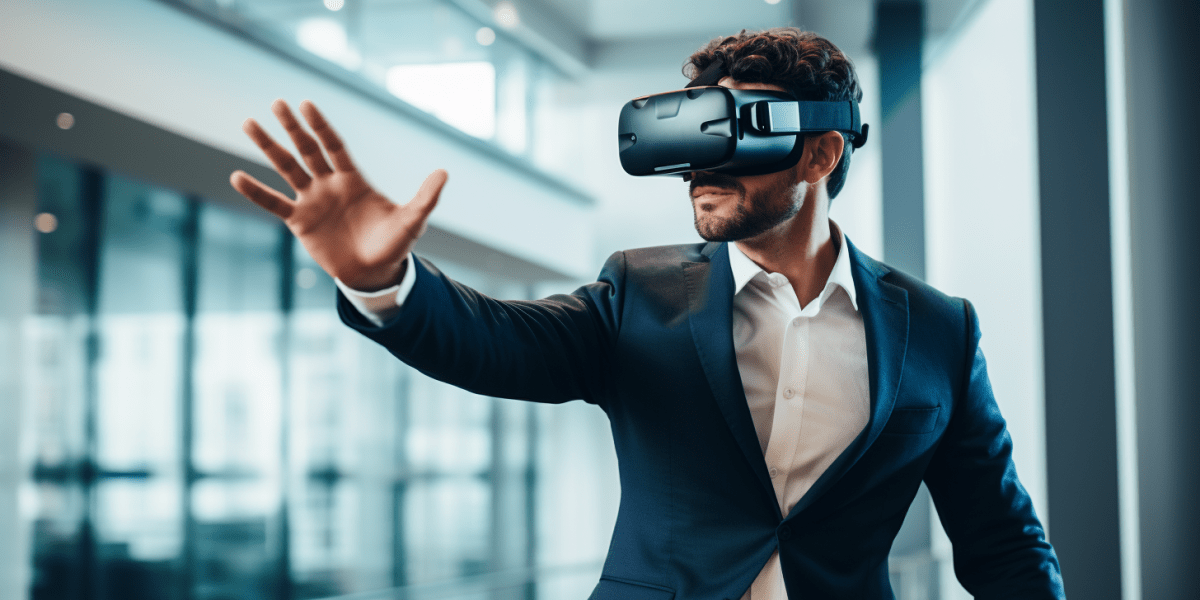In the fast-paced world of engineering and technology, staying ahead requires adopting innovative methods. These methods smoothly combine humans, systems, and advanced technologies. A revolutionary concept making waves in the industry is the rise of digital twins. When paired with system engineering principles, these digital replicas of physical objects can dramatically change how we design, manage, and optimise complex systems.
In this insightful article, we uncover the mutual relationship between digital twins and system engineering. We reveal their transformative capacity and the deep impact they exert on the engineering and science sectors. Come with us as we investigate how the fusion of digital twins and system engineering is moulding the future of engineering design.
Table of Contents
Digital Twins: A New Paradigm in Engineering Design
NASA first introduced the concept of digital twins in 2002. Essentially, they are digital replicas of physical objects, mimicking their behaviour and states in a virtual environment throughout their lifecycle. These virtual counterparts have the unique ability to be remotely controlled, offering advanced control capabilities for a broad range of applications. The emergence of digital twins owes much to technological advancements in areas such as the Internet of Things (IoT), sensor technology, artificial intelligence (AI), data science and machine learning.
The marriage of digital twins and system engineering signals a new chapter in intelligent systems engineering. It calls for a comprehensive approach where modelling is key. Despite numerous studies delving into the concept of digital twins and their applications in various fields, a modelling perspective has largely been overlooked. Consequently, this article aims to offer fresh insights into the concept of digital twins from a modelling viewpoint. It will illuminate their evolution and justify them as the next logical progression in the modelling journey.
Evolution of Modeling in Engineering
To fully grasp the potential of digital twins, it is essential to understand their place in the evolution of modeling in engineering. Modeling has always been a fundamental activity in problem-solving and design across various engineering and science disciplines. Over time, the representation of models and their relationship to physical objects has evolved.
Craft-Based Development
In the early stages of engineering, known as craft-based development, practical knowledge, common sense, and trial-and-error guided the production of artifacts. Craftsmen relied on their expertise, passed down through generations, to create functional objects. However, this approach lacked formalized scientific knowledge and external representations of the solutions.
Model-Based Development
As engineering became more complex, a shift towards model-based development was necessary. Engineers began using sketches and designs to represent physical objects before their production. This allowed for better communication, analysis, and optimization of the manufacturing process. Models evolved from simple sketches to more precise blueprints, enabling engineers to create accurate representations of the intended physical objects.
The Advent of Digital Twins
The concept of digital twins represents the next evolutionary step in modeling. With the advancements in technology, it is now possible to create virtual replicas that closely mimic the behavior of real-world objects. These digital twins are continuously connected to their physical counterparts, leveraging real-time data from sensors to update and refine their virtual representations. By fusing IoT, AI, machine learning, and data science, digital twins offer unprecedented opportunities for creating living digital simulation models.
The Power of Digital Twins and System Engineering Together
The integration of digital twins and system engineering brings forth a multitude of benefits and possibilities. Let’s explore some key advantages:
- Improved Design and Optimization: Digital twins provide engineers with a powerful tool for designing and optimizing complex systems. By creating virtual replicas, engineers can simulate and test different scenarios, identify potential issues, and fine-tune system performance before physical implementation. This enables faster and more efficient design iterations, resulting in optimized systems that meet desired specifications.
- Predictive Maintenance and Condition Monitoring: Digital twins enable real-time monitoring of physical assets and systems. By continuously collecting data from sensors embedded in the physical environment, digital twins can detect anomalies, predict potential failures, and schedule maintenance activities accordingly. This proactive approach to maintenance reduces downtime, improves reliability, and extends the lifespan of assets.
- Enhanced Performance and Decision-Making: Digital twins provide a comprehensive view of system behavior, allowing engineers to analyze and optimize performance in real-time. By leveraging AI and machine learning algorithms, digital twins can analyze vast amounts of data, identify patterns, and provide actionable insights. This empowers engineers to make informed decisions, optimize operations, and enhance overall system performance.
- Remote Control and Training: Digital twins enable remote control and training capabilities. Engineers can operate and monitor systems from anywhere, providing flexibility and accessibility. This is particularly valuable in situations where physical access is challenging or hazardous. Additionally, digital twins can serve as virtual training platforms, allowing engineers and operators to familiarize themselves with complex systems and procedures without the need for physical equipment.
- Lifecycle Management and Sustainability: Digital twins facilitate comprehensive lifecycle management of systems. From design and construction to operation and decommissioning, digital twins provide valuable insights and data for effective decision-making throughout the entire lifecycle. This holistic approach enables proactive planning, resource optimization, and improved sustainability.
Conclusion
The merging of digital twins and system engineering marks a significant shift in design and optimisation. By integrating digital replicas into the system engineering process, engineers can reach new heights of efficiency, reliability, and innovation. Digital twins provide a comprehensive and dynamic approach to design, optimisation, and maintenance. This allows engineers to handle complex systems with greater accuracy and effectiveness.
As the technology behind digital twins progresses, its uses will broaden to various sectors. These include manufacturing, aerospace, healthcare, and more. Adopting this game-changing concept and employing a modelling outlook in engineering design will undeniably lay the foundation for future progress and engineering brilliance.
In today’s fast-paced technological age, the union of digital twins and system engineering offers vast opportunities. Engineers and designers can push innovation limits and create systems that are not just efficient but also sustainable and robust. By welcoming this transformative combination, we can envision a future where engineering design surpasses traditional constraints. This leads to smarter, optimised systems that enhance our lives and the world.
So, let’s dive into the thrilling world of digital twins and system engineering. Here, virtual replicas blend flawlessly with physical systems, and data and modelling power transform how we design, optimise, and manage intricate engineering systems. Together, we can unlock a future where engineering brilliance meets technological innovation, propelling us towards a more sustainable and interconnected world.




